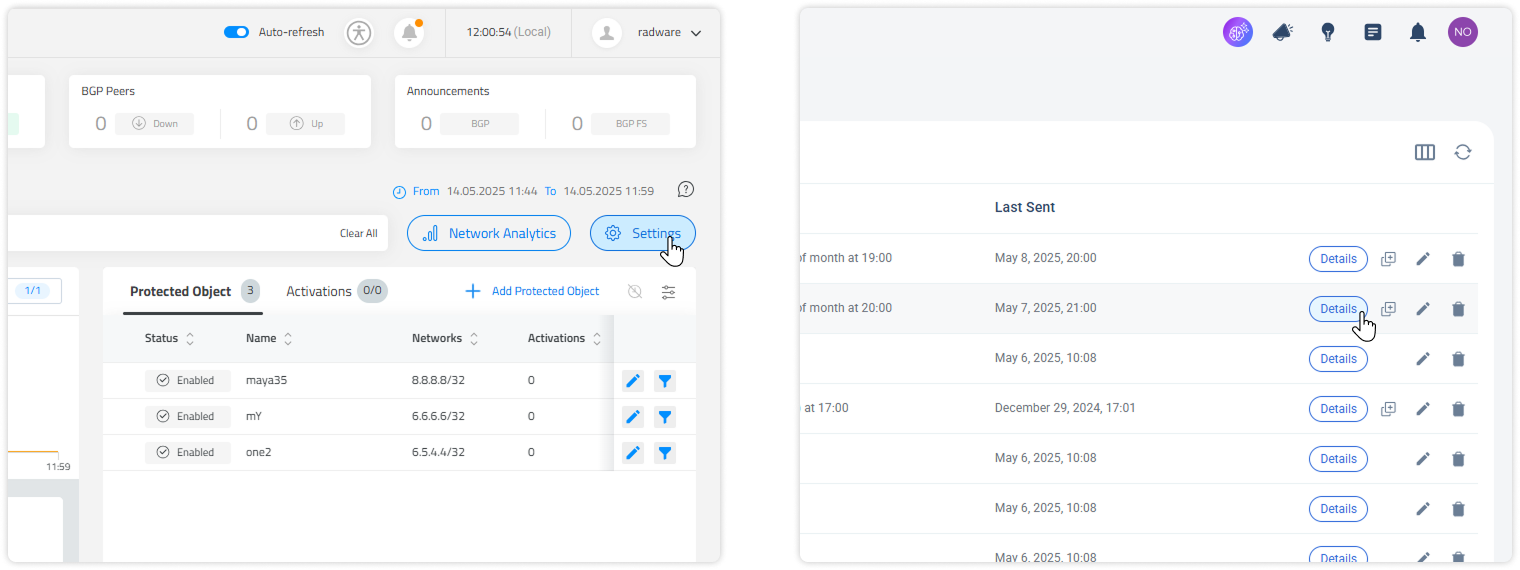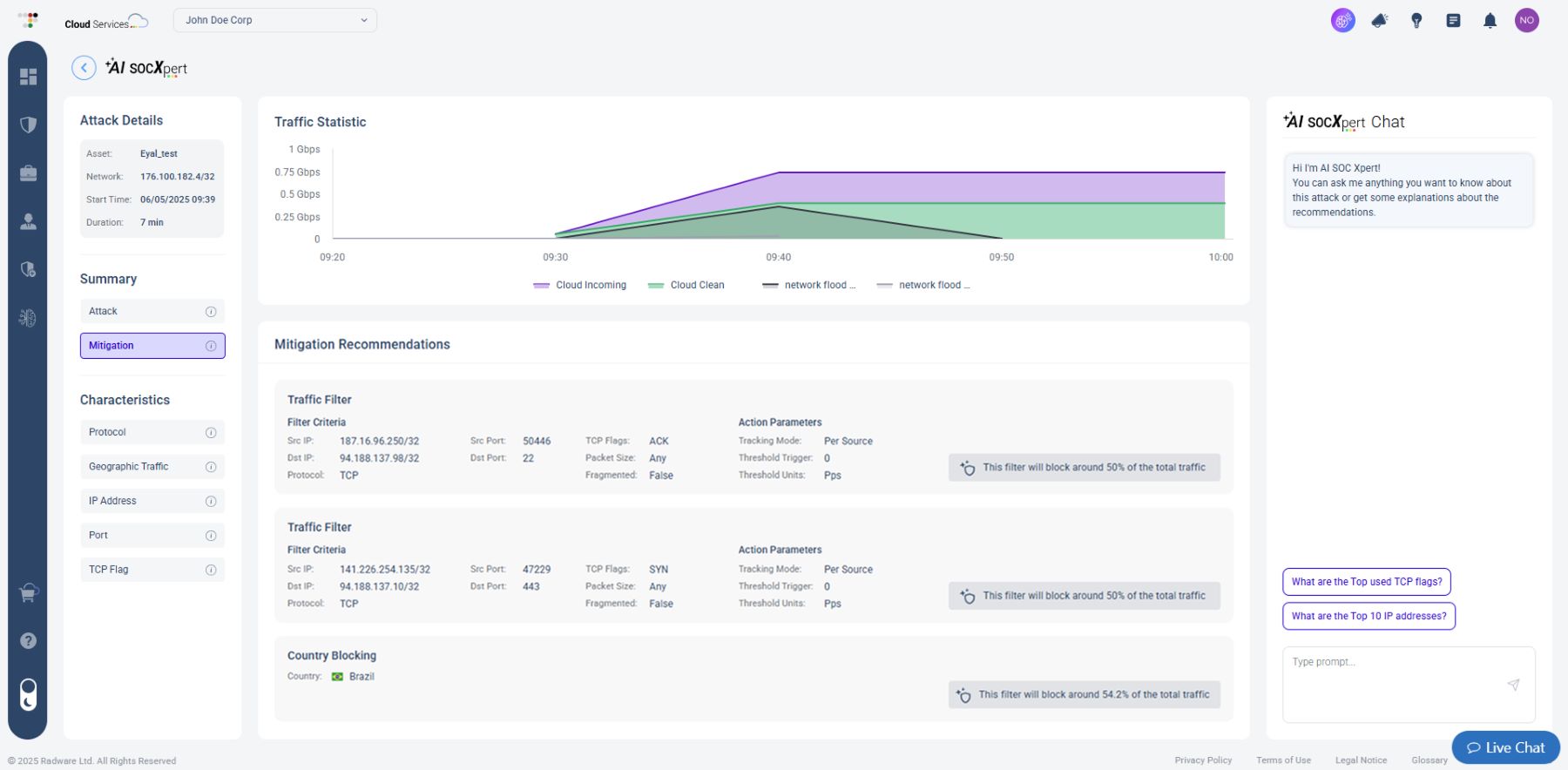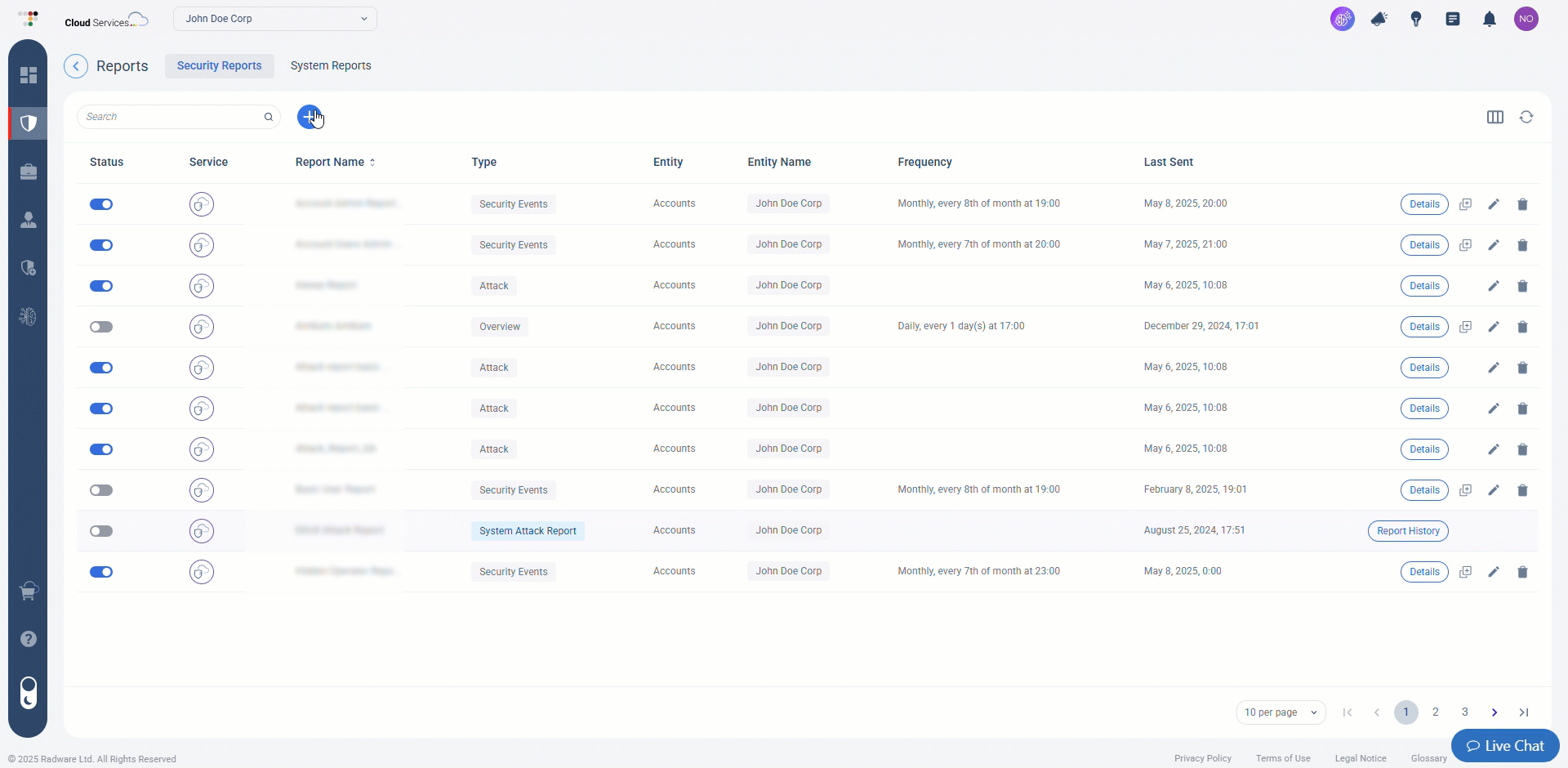Cybersecurity platforms aren’t the average digital product. They’re dense with information, require quick response times, and are built around rich and dynamic interfaces. Our users - whether analysts, security managers, or incident response teams - need to navigate under pressure, understand the context fast, and take critical actions with zero room for error.
That’s why creating a smooth user experience for our customers based on a superior design system - the invisible foundation of our interfaces - is becoming one of our most powerful tools to bring clarity, speed, and consistency to the way our platforms feel and function.
What Is a Design System - and Why Should You Care?
A design system is essentially a shared visual and functional language. It defines how elements like colors, typography, buttons, tables, icons, and layout spacing should behave across a product. When a design system is in place, everything becomes more predictable, familiar, and easier to use. It’s not just more aesthetically pleasing - it’s more efficient, and it reduces cognitive friction.
How it looks like in Practice?
We began with the basics: color, typography, and spacing. Even before addressing complex components like tables or side panels, we made sure the visual tone - professional, calm, and clear - remained consistent throughout.
As part of our broader UX improvement initiative, we’ve been aligning the visual language and interface behavior across Radware’s products. While these are distinct products, they’re often deployed together, used side by side, and serve overlapping audiences.
That’s why we’re working to ensure not only a consistent look and feel but also a seamless transition between products. When the visual and interaction language remains the same, users don't need to “relearn” how to work with a new system - they can move naturally between them, with confidence and speed.
How it Enhances your Experience?
We as designers believe great user experience is part of the value we deliver. A robust design system helps us ensure that every screen, table, and interaction our users have with our platforms is consistent, reliable, and designed well-focus.
This unified approach isn’t just a design decision - it directly impacts how the users experience and interact with our products every day. Here's how it translates into real value:
- Seamless product transitions: A unified interface makes it easier to move between platforms with minimal friction.
For example, action buttons follow the same visual style and behavior across all platforms - whether in popups or dashboards - creating a consistent and predictable experience.

- Fewer surprises, more clarity: Repeated patterns and predictable behavior help our users understand and act quickly.
For example, filter sections are always placed at the top of the screen and follow the same structure and design, so our users instantly know where to look and how to use them, no matter which screen they’re on.

- A professional, focused environment: Interfaces that communicate clearly foster trust and a sense of control - even during high-pressure moments.
For example, our AI SOC-Xpert screen distills complex attack data into a clean, focused layout - featuring a graph for deeper context, AI-driven mitigation recommendations, and even a built-in AI chat to assist with attack-related questions. It’s all thoughtfully designed to support quick, informed decision-making without overwhelming the user.

- Faster and easier learning curves: Familiarity across screens accelerates training and adoption.
For example, in every screen where the users interact with a table, the same pattern applies: a “+” button to add new entries, which triggers a side panel for filling in the details. This kind of consistency reinforces confidence, lowers effort, and saves time.

What Our Users Say
“Radware Cloud WAF Service is user-friendly. It provides us with what we need and tells us where to click. Even if we are new to using it, we will not get lost or confused. Once we log in, we can simply click through the steps and understand what is happening. The application is easy to configure and does not require highly technical knowledge.”
- Customer feedback from PeerSpot
Taking It Further: From Patterns to Products
Most recently, the same design language helped us launch our new Security Policy Templates - a guided configuration flow designed for fast, intuitive protection setup. Read more in Inbal's blog.
Future: A User Experience That Works for Our Users
The transformation we're driving in our design system is a process - not a one-time project. All components, screens, and every corner of the platform is going through refinement, unification, and improvement.
We're applying this approach across Radware’s portfolio including DDoS protection, WAF, and Bot Management.
We're doing this with a clear understanding: a good cybersecurity product isn’t only measured by how powerful it is - but by how easy, clear, and fast it is to use. Because in a world where every second counts, every pixel counts too.